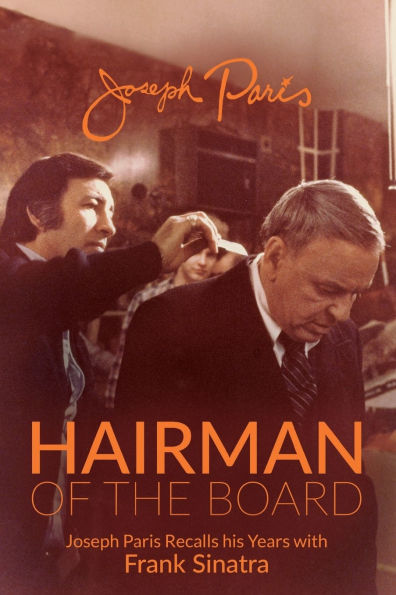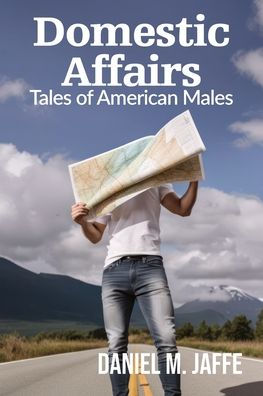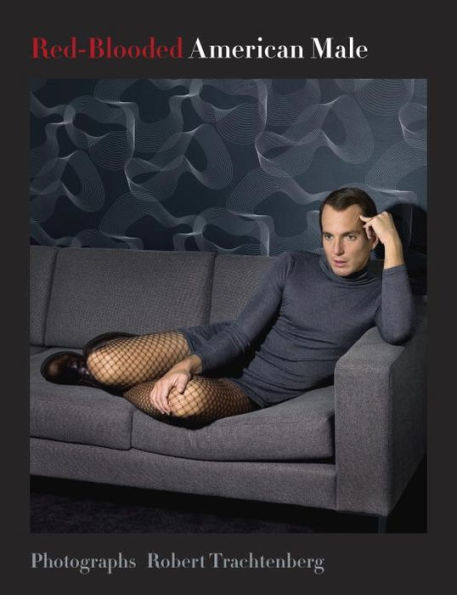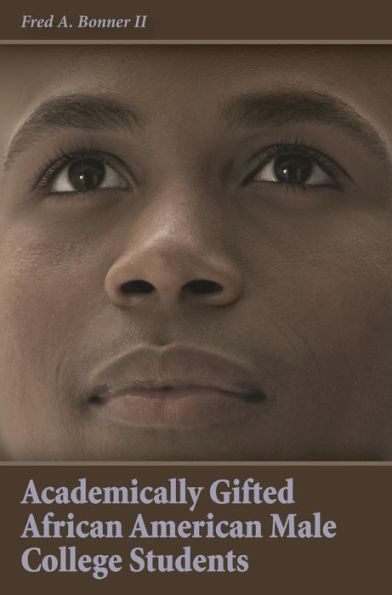Home
When Frankie Went to Hollywood: Frank Sinatra and American Male Identity
Barnes and Noble
When Frankie Went to Hollywood: Frank Sinatra and American Male Identity
Current price: $25.95
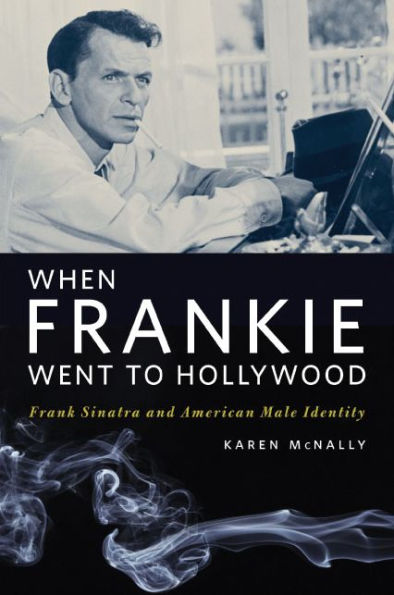

Barnes and Noble
When Frankie Went to Hollywood: Frank Sinatra and American Male Identity
Current price: $25.95
Size: OS
Loading Inventory...
*Product information may vary - to confirm product availability, pricing, shipping and return information please contact Barnes and Noble
This first in-depth study of Frank Sinatra’s film career explores his iconic status in relation to his many performances in postwar Hollywood cinema.
When Frankie Went to Hollywood
considers how Sinatra’s musical acts, television appearances, and public commentary impacted his screen performances in
Pal Joey, The Tender Trap, Some Came Running, The Man with the Golden Arm,
and other hits. A lively discussion of sexuality, class, race, ethnicity, and male vulnerability in postwar American culture illuminates Karen McNally’s investigation into Sinatra’s cinematic roles and public persona. This entertainment luminary, she finds, was central in shaping debates surrounding definitions of American male identity in the 1940s and ’50s.
When Frankie Went to Hollywood
considers how Sinatra’s musical acts, television appearances, and public commentary impacted his screen performances in
Pal Joey, The Tender Trap, Some Came Running, The Man with the Golden Arm,
and other hits. A lively discussion of sexuality, class, race, ethnicity, and male vulnerability in postwar American culture illuminates Karen McNally’s investigation into Sinatra’s cinematic roles and public persona. This entertainment luminary, she finds, was central in shaping debates surrounding definitions of American male identity in the 1940s and ’50s.
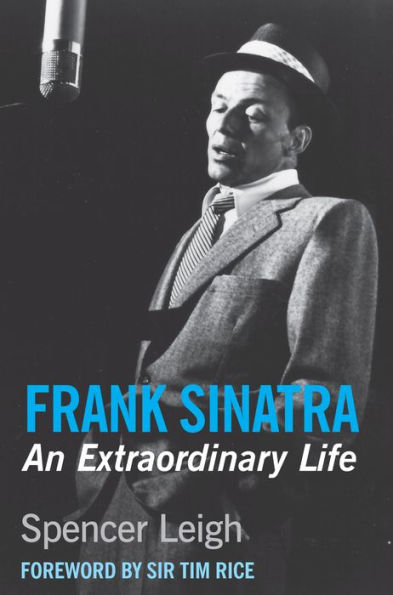

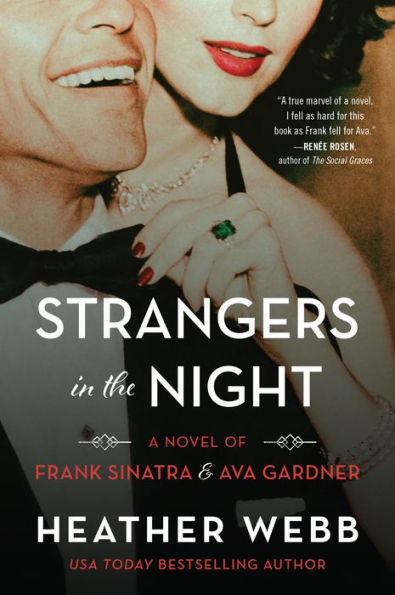
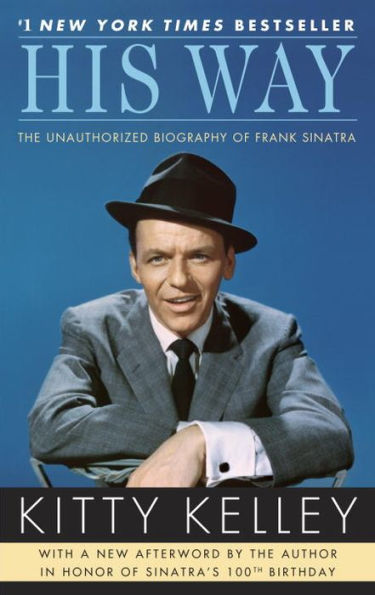
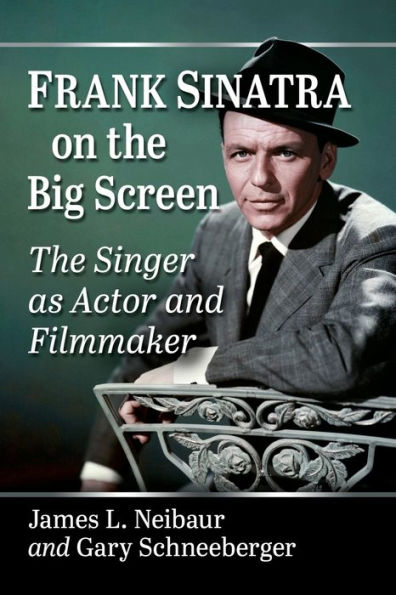
![A Jolly Christmas from Frank Sinatra [LP]](https://prodimage.images-bn.com/pimages/0602537862542_p0_v2_s600x595.jpg)

